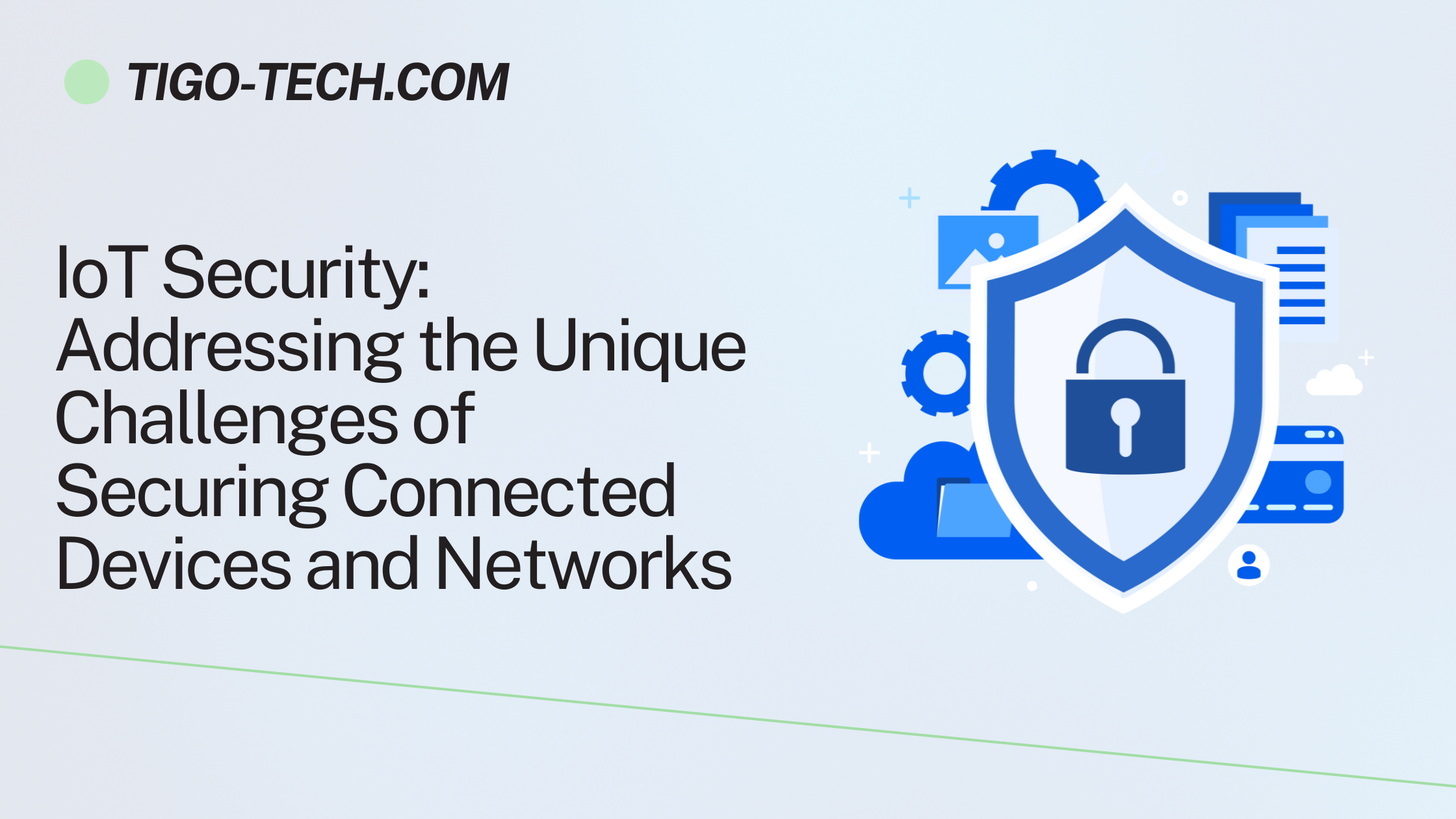Introduction:
The Internet of Things (IoT) has revolutionized how we interact with technology, enabling seamless connectivity and automation across various industries. However, the proliferation of connected devices also poses significant security risks, as each device represents a potential entry point for cyber threats. In this blog post, we’ll explore the unique challenges of IoT security and discuss strategies for effectively securing connected devices and networks.
- Proliferation of Vulnerable Devices:
One of the primary challenges of IoT security is the sheer number of connected devices deployed in homes, businesses, and industrial settings. These devices often lack robust security features, making them vulnerable to exploitation by cybercriminals. From smart thermostats and security cameras to industrial sensors and medical devices, each IoT device represents a potential target for malicious actors.
- Diverse Ecosystems and Standards:
The IoT landscape is characterized by a diverse ecosystem of devices, platforms, and protocols, each with its own set of security standards and vulnerabilities. Interoperability issues and fragmented security protocols make it challenging to establish comprehensive security measures across IoT networks. As a result, securing heterogeneous IoT environments requires a holistic approach that addresses the unique characteristics of each device and network.
- Limited Resources and Constraints:
Many IoT devices operate with limited computing resources, such as processing power, memory, and energy. These constraints often preclude the implementation of robust security measures, leaving devices vulnerable to attacks. Additionally, the lifespan of IoT devices may exceed their ability to receive security updates and patches, further exacerbating security risks over time.
- Attack Surface Expansion:
The interconnected nature of IoT ecosystems expands the attack surface for cybercriminals, providing multiple entry points for infiltration and compromise. Vulnerabilities in one device or application can potentially affect the entire network, leading to cascading security breaches and data compromises. Securing IoT environments requires a comprehensive approach that addresses vulnerabilities at both the device and network levels.
- Privacy and Data Protection Concerns:
IoT devices collect and transmit vast amounts of sensitive data, ranging from personal health information to industrial telemetry data. The improper handling of this data can lead to privacy violations, identity theft, and regulatory non-compliance. Effective IoT security measures must include robust data encryption, access controls, and privacy-enhancing technologies to safeguard sensitive information.
- Emerging Threat Landscape:
As IoT adoption continues to grow, so too does the sophistication of cyber threats targeting connected devices and networks. Malware, botnets, and ransomware attacks targeting IoT devices are becoming increasingly common, posing significant risks to individuals, businesses, and critical infrastructure. Proactive threat intelligence, vulnerability management, and incident response capabilities are essential for mitigating these evolving threats.
Conclusion:
In conclusion, IoT security presents unique challenges that require proactive measures to address effectively. Securing connected devices and networks requires a multi-faceted approach that encompasses device hardening, network segmentation, encryption, authentication, and continuous monitoring. By understanding the specific challenges of IoT security and implementing comprehensive security measures, organizations can mitigate risks and harness the transformative potential of IoT technology safely and securely.
